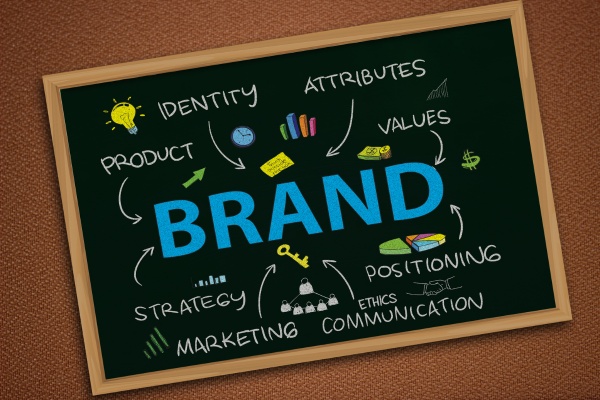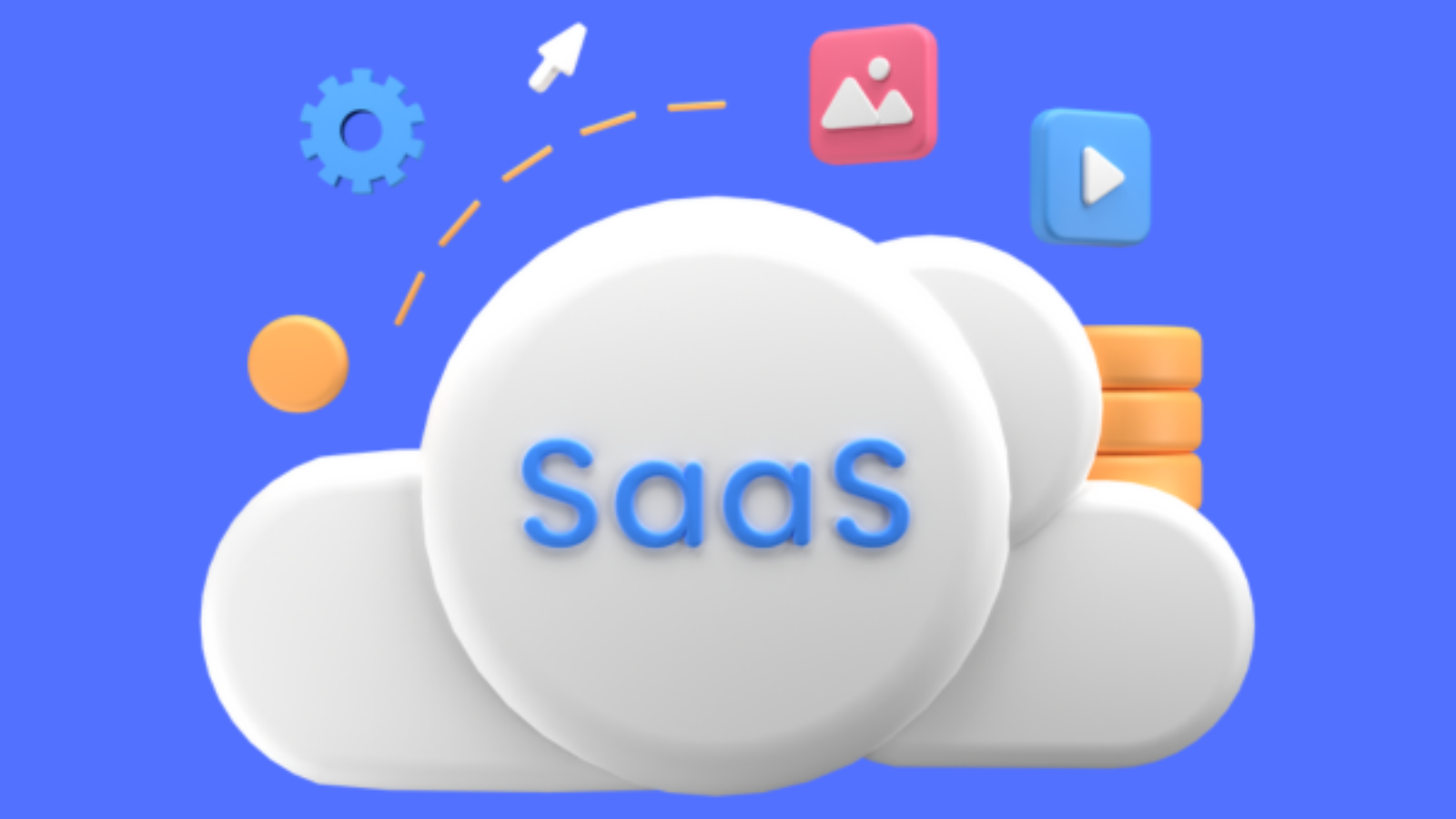Introduction
SaaS (Software as a Service) products have transformed the digital landscape, making powerful software tools accessible online with just a few clicks. But in such a crowded market, even the most innovative SaaS tools need more than great features to stand out—they need a solid marketing strategy. Whether you’re new to SaaS product marketing or looking to refine your approach, this guide will walk you through everything you need to know to attract, engage, and retain customers.
Table of Contents
1. Understanding Your Target Audience and Market
Identify Customer Personas
Effective SaaS product marketing starts with a deep understanding of who you’re selling to. Your ideal customer is more than a demographic; they’re real people with specific needs, goals, and pain points. Create customer personas—detailed profiles that outline the motivations and behaviors of your target users. Consider things like:
- Their daily challenges
- What success looks like to them
- Their preferred solutions and platforms
Conduct a Competitive Analysis
Knowing who you’re competing against can help you spot opportunities to differentiate. Study your competitors’ strengths, weaknesses, and unique offerings. Tools like SEMrush or Ahrefs can give you insights into their SEO strategies, keywords, and even backlinks.
Define Your Unique Value Proposition (UVP)
Your UVP is the special sauce that sets your SaaS product apart. It’s the answer to the question: “Why should someone choose your product over others?” Identify what makes your SaaS a better solution to users’ problems, then weave this message into all of your marketing materials.
2. Building a Strong Brand and Positioning Strategy

Develop Clear Messaging
Simple, clear, and relatable messaging goes a long way. Avoid tech jargon—focus on how your product improves lives. Instead of saying, “Our product enhances data transparency,” try “Our product helps you see the full picture of your business at a glance.”
Establish Brand Trust and Credibility
Trust is key in SaaS, where customers expect ongoing support and security. Use customer testimonials, case studies, and awards to showcase reliability. Each bit of proof helps convince visitors that your SaaS product isn’t just hype—it’s a real solution that works.
Emphasize Problem-Solution Positioning
Think of your SaaS product as the hero to your customer’s challenge. By framing your product as the perfect solution to a pressing problem, you can drive a sense of urgency that encourages users to sign up or schedule a demo.
3. Creating a High-Converting Website and Landing Pages
Optimize for User Experience (UX)
Your website is often the first place potential customers interact with your product. Make sure the site is user-friendly, with a clean layout, easy navigation, and strong calls to action (CTAs). Speed is critical too—slow-loading sites drive away visitors.
Effective Landing Pages
Create focused landing pages tailored to specific audience segments or keywords. Avoid clutter, keep the messaging sharp, and offer one clear CTA. If you’re promoting a free trial, for instance, make that CTA prominent and enticing.
SEO and Content Optimization
Invest in SEO to make sure your website appears in search results for relevant terms. Optimize each page with strategic keywords, and add alt text to images and meta descriptions. High-quality content (blog posts, case studies, etc.) also boosts your SEO value while engaging potential users.
4. Content Marketing to Educate and Engage
Blogging and Knowledge Base
A blog is a perfect way to educate potential customers about their challenges while positioning your SaaS as the solution. Create articles that address user pain points, explain trends, and showcase practical use cases for your product.
A knowledge base is also a valuable resource, giving users self-service support options. This shows new customers you’re invested in their success and can help reduce churn.
Webinars, Whitepapers, and Guides
Long-form content like webinars, whitepapers, and how-to guides can attract leads who want to dive deeper into a topic. By providing insights or actionable advice, you build authority in your niche while giving potential customers valuable information.
Case Studies and Testimonials
Showcase real success stories from your users. Case studies illustrate how your SaaS has solved specific problems, and testimonials add a layer of authenticity to your claims. Prospective buyers feel more comfortable knowing others have found value in your product.
5. Leveraging Email Marketing for Lead Nurturing
Lead Capture and Segmentation
Use lead capture forms on your website to gather contact details. Segment these leads based on factors like industry, company size, or behavior on your site. This allows you to deliver more relevant messages that are tailored to each segment’s needs.
Nurture Sequences
Send automated email sequences to educate and engage leads. Start with a welcome email, followed by content that builds value and trust. For example, if someone signed up for a free trial, send an email series that guides them through getting the most out of the product.
Customer Onboarding and Retention
Email is also key to retaining customers. Use onboarding emails to guide new users through the setup process and highlight important features. Regular check-ins and tips can keep customers engaged, reducing the likelihood of churn.
6. Using Social Media Marketing for Awareness and Engagement
Choosing the Right Platforms
Different platforms suit different audiences. For instance, LinkedIn is great for B2B SaaS, while Twitter is useful for staying top-of-mind. Identify the platforms where your potential users spend time, and focus on building a presence there.
Content Strategy for Social Media
Engage followers with a mix of educational and entertaining content. Share blog posts, tips, user stories, and product updates. Don’t forget to respond to comments and engage with followers; this builds brand loyalty.
Paid Social Advertising
Use targeted social media ads to reach your ideal audience directly. Platforms like Facebook and LinkedIn allow precise targeting by job role, industry, and other criteria. Regularly test different ad creatives and copy to see what works best.
7. Implementing Paid Advertising and Retargeting
Google Ads for SaaS Products
Google Ads are effective for capturing high-intent traffic. Focus on keywords that align with your product’s core value proposition, such as “best project management software” or “CRM for small businesses.” Consider bidding on branded keywords if competitors are targeting them.
Display Ads and Retargeting
Retargeting keeps your SaaS product top-of-mind. Use display ads to reach people who visited your website but didn’t convert. Try ads that offer a free trial, demo, or case study download to entice them back.
Testing and Optimization
Paid ads require constant tweaking. Run A/B tests on ad headlines, images, and CTAs to improve performance. Regularly monitor metrics like click-through rate (CTR), cost per acquisition (CPA), and return on ad spend (ROAS) to ensure profitability.
8. Offering Free Trials or Freemium Options
Free Trials vs. Freemium
Consider if a free trial or a freemium model would better suit your product. A free trial gives users a taste of the full product but for a limited time, while a freemium model offers a basic version indefinitely. Each has its pros and cons, so consider what works best for your SaaS product .
Optimize the Onboarding Process
A smooth onboarding process helps users quickly experience the product’s value. Create in-app guides, video tutorials, or a simple checklist to help new users get started.
Follow-Up and Convert
At the end of a free trial, send emails that remind users of the value they’ve gained and prompt them to upgrade. Offering a limited-time discount can also encourage conversions.
9. Focusing on Customer Success and Support
Proactive Support and Training
A successful customer is a loyal customer. Provide training resources like webinars, FAQ pages, and live chat to help users make the most of your product. Proactive support shows customers you’re invested in their success.
Collect Feedback and Iterate
Customer feedback is invaluable. Conduct regular surveys to understand what users love and what they’d like to improve. This information can guide product updates, helping you build a tool that better serves your audience’s needs.
Build a Customer Community
Encourage customers to connect through a community forum or social media group. These spaces allow users to share insights, get answers, and even inspire new use cases for your product.
10. Measuring and Analyzing Performance
Set Key Performance Indicators (KPIs)
To measure marketing success, establish KPIs that align with your goals. Common SaaS product metrics include Customer Acquisition Cost (CAC), Customer Lifetime Value (LTV), and churn rate. Tracking these will give you insights into what’s working and where improvements are needed.
Use Analytics Tools
Google Analytics, Mixpanel, and other analytics tools can track user behavior, traffic sources, and conversion rates. Monitor your data closely to understand how customers are interacting with your website and product.
A/B Testing and Iteration
Continuously test and optimize. Experiment with different headlines, images, and CTAs in emails, ads, and landing pages. Small changes can lead to big gains, so don’t be afraid to iterate based on your findings.
Conclusion
Marketing a SaaS product isn’t a one-time task—it’s an ongoing process of attracting, engaging, and retaining users. By understanding your audience, building a strong brand, and utilizing the right mix of content, paid ads, and customer support, you’ll set yourself up for long-term success. Keep an eye on the data, stay adaptable, and focus on delivering value. SaaS product marketing is challenging, but with the right approach, you can make your product stand out.
Call to Action: Ready to grow your SaaS product ? “Put these strategies into action today and watch the impact unfold.” And if you need help, don
’t hesitate to reach out—we’re here to support you on your SaaS marketing journey!

